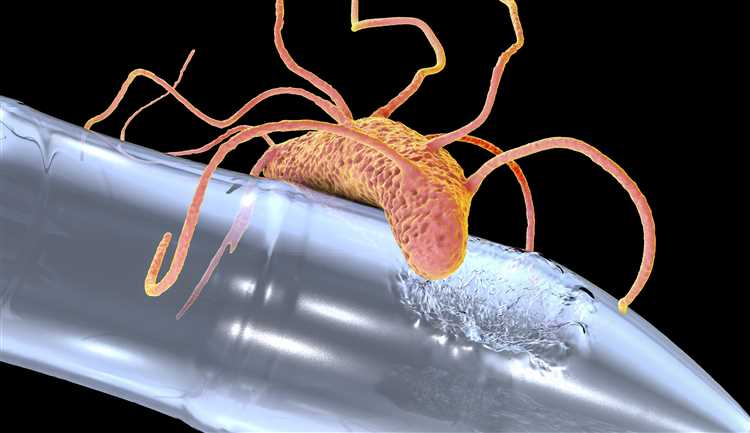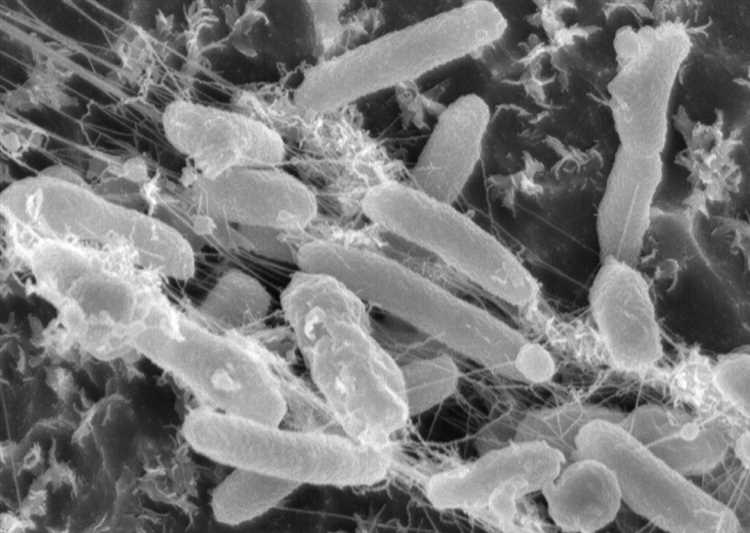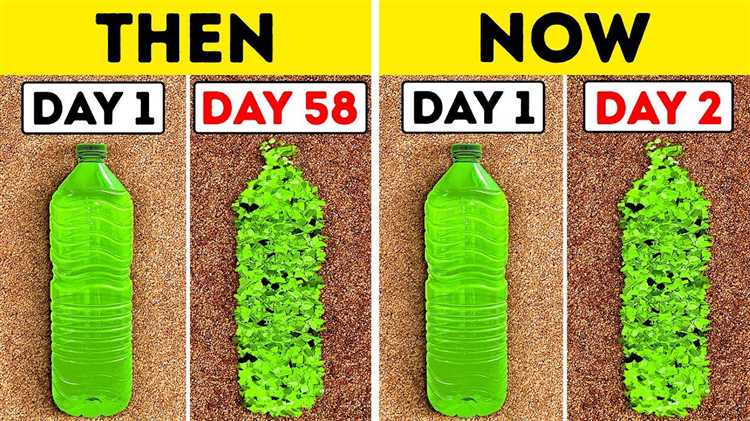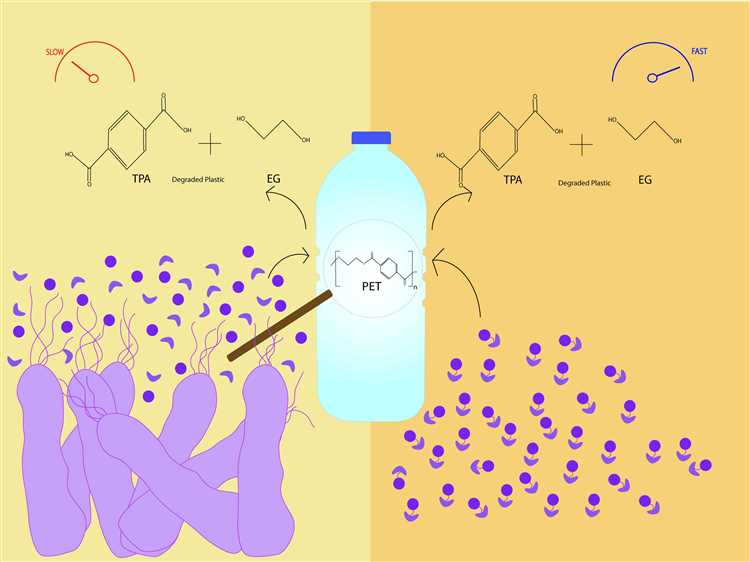In recent years, plastic pollution has become a growing concern for environmentalists worldwide. As plastic waste continues to accumulate in landfills and oceans, scientists have been exploring innovative solutions to tackle this global crisis. One intriguing avenue of research involves the potential of plastic-eating bacteria – microorganisms that can break down plastic and potentially help reduce its impact on the environment.
The idea of plastic-eating bacteria has gained significant attention in the media, but what is the truth behind these claims? Are there actually microorganisms capable of digesting plastic, or is it just a scientific myth? It turns out that plastic-degrading microorganisms do exist, and researchers have made promising discoveries in this field.
Plastic is primarily made from long chains of polymers, which are resistant to degradation by natural processes. However, certain species of bacteria and fungi have evolved the ability to produce enzymes called plasticases, which are capable of breaking down these polymers. The discovery of these plastic-degrading enzymes has sparked excitement in the scientific community and raised hopes for a potential solution to plastic pollution.
Scientists have isolated and identified various species of bacteria that can degrade specific types of plastic, such as polyethylene terephthalate (PET) commonly used in bottles and polyester fabrics. These bacteria possess the unique enzymatic machinery required to dismantle the complex polymer chains of plastic and convert them into simpler compounds that can be utilized by the microorganisms as a source of energy and carbon.
However, while plastic-eating bacteria show promise, it’s important to note that they are not a magical solution to the plastic pollution problem. The process of plastic degradation by microorganisms is relatively slow, and it may take several months or even years for significant amounts of plastic to be broken down. Furthermore, the environmental conditions play a crucial role in the effectiveness of these bacteria, as factors like temperature, pH, and availability of nutrients can impact their ability to degrade plastic.
As researchers continue to study plastic-degrading microorganisms, they face several challenges in harnessing their potential for large-scale plastic waste management. Nonetheless, understanding the capabilities of these unique bacteria opens up new possibilities for developing innovative strategies to combat plastic pollution and create a more sustainable future.
- Is Plastic Eating Bacteria Real?
- The Reality of Plastic-Eating Bacteria
- The Future of Plastic-Eating Bacteria
- Discover the Truth about Plastic-Degrading Microorganisms
- The Reality of Plastic-Degrading Microorganisms
- The Potential and Limitations
- The Significance of Plastic Degrading Microbes in Environmental Conservation
- What are Plastic Degrading Microbes?
- Contributing to Environmental Conservation
- Question & Answer:
- Is there really bacteria that can eat plastic?
- How do these plastic-eating bacteria work?
- What types of plastic can these bacteria degrade?
- Are these plastic-eating bacteria a solution to the global plastic pollution problem?
- What are the challenges in utilizing plastic-eating bacteria for plastic waste management?
- Are there really bacteria that can eat plastic?
Is Plastic Eating Bacteria Real?
In recent years, there has been growing interest in finding solutions to the global plastic pollution crisis. One promising avenue being explored is the use of plastic-eating bacteria to break down plastic waste and reduce its impact on the environment. But is this concept too good to be true?
Plastic-eating bacteria, also known as plastic-degrading microorganisms, are a type of bacteria that have the ability to consume certain types of plastic. These bacteria produce enzymes that break down the chemical bonds in plastic, allowing them to use it as a source of energy and carbon. This natural process, called biodegradation, has the potential to significantly reduce the amount of plastic waste that ends up in landfills and oceans.
The Reality of Plastic-Eating Bacteria

While plastic-eating bacteria do exist, they are not a magic solution to the plastic pollution problem. These bacteria are typically only able to break down certain types of plastic, such as polyethylene terephthalate (PET) or polyethylene (PE). They are less effective when it comes to degrading plastics like polystyrene (PS) or polyvinyl chloride (PVC), which are commonly used in packaging and construction materials.
Additionally, the process of biodegradation by plastic-eating bacteria can be quite slow. It can take months or even years for these bacteria to break down a single piece of plastic, depending on factors such as temperature, moisture, and the type of plastic involved. This means that relying solely on these bacteria to solve the plastic pollution problem is not feasible at the current stage of research and development.
The Future of Plastic-Eating Bacteria
Despite the limitations, researchers are continuing to study plastic-eating bacteria and explore ways to improve their effectiveness. Genetic engineering techniques are being used to enhance the abilities of these bacteria and make them more efficient at breaking down a wider range of plastics.
Furthermore, finding ways to optimize the conditions for biodegradation, such as creating specialized environments or adding other substances to enhance the process, could help speed up the degradation process and make it a more viable solution for plastic waste management.
In conclusion, plastic-eating bacteria do exist, but they are not a complete solution to the plastic pollution crisis. While research and development in this area continue, it is important to explore other sustainable solutions such as reducing plastic consumption, recycling, and developing alternative materials to truly address the issue at its root.
Discover the Truth about Plastic-Degrading Microorganisms
Plastic pollution is a growing concern for the environment, with millions of tons of plastic waste being produced annually. One potential solution to this problem is the existence of plastic-degrading microorganisms, which are bacteria capable of breaking down plastic materials. But is it real, or just a myth?
The Reality of Plastic-Degrading Microorganisms

Scientists have discovered several species of bacteria that have the ability to break down different types of plastics, such as polyethylene terephthalate (PET) and polyethylene (PE). These microorganisms produce enzymes, known as plasticases, which can degrade the plastic molecules into smaller pieces that are easier to decompose.
One example of such bacteria is Ideonella sakaiensis, which was found in a plastic recycling facility in Japan. This bacterium can efficiently degrade PET, a common type of plastic used in bottles and containers. Other bacteria, like Pseudomonas putida and Rhodococcus species, have also been found to have plastic-degrading capabilities.
The Potential and Limitations
While plastic-degrading microorganisms hold promise as a possible solution to plastic pollution, there are still challenges to overcome. One limitation is the slow rate of degradation by these bacteria. The process can take months or even years, depending on the type and thickness of the plastic.
Additionally, the natural occurrence of plastic-degrading microorganisms in the environment is limited. They are typically found in specific ecological niches, such as soil or wastewater treatment plants, where plastic waste is abundant. However, efforts are underway to isolate and study more efficient strains of these bacteria for industrial applications.
Furthermore, the breakdown of plastics by these microorganisms often results in the release of harmful byproducts and microplastics. These byproducts can have negative impacts on ecosystems and may pose risks to human health.
In conclusion, while plastic-degrading microorganisms do exist and have the potential to contribute to plastic waste management, their widespread application is still a subject of ongoing research. It is important to continue studying and developing innovative solutions to the plastic pollution problem from multiple perspectives.
The Significance of Plastic Degrading Microbes in Environmental Conservation

Plastic pollution is a pressing issue that poses a significant threat to our planet’s ecosystems. Plastic waste, particularly single-use plastics, can take hundreds of years to decompose, leading to devastating consequences for wildlife and the environment. However, there is hope in the form of plastic degrading microbes.
What are Plastic Degrading Microbes?

Plastic degrading microbes, also known as plastic-eating bacteria or microorganisms, are a group of organisms that have the ability to break down and metabolize plastic. These microbes have specialized enzymes that can target and digest the chemical bonds in plastic, converting it into smaller molecules that can be used as a source of energy.
Contributing to Environmental Conservation

The presence and activity of plastic degrading microbes offer significant benefits for environmental conservation:
- Reducing Plastic Waste: Plastic degrading microbes can play a crucial role in reducing the amount of plastic waste that accumulates in landfills, oceans, and other natural habitats. By breaking down plastics into smaller, more manageable molecules, these microbes contribute to the natural degradation of plastic, helping to mitigate the harmful effects of plastic pollution.
- Facilitating Recycling: Plastic degrading microbes have the potential to revolutionize plastic recycling. Currently, many types of plastics are not economically feasible to recycle, leading to their accumulation in the environment. However, by harnessing the power of plastic degrading microbes, it may become possible to efficiently break down and recycle these hard-to-process plastics, reducing the demand for new plastic production.
- Biofuel Production: The ability of plastic degrading microbes to convert plastic into smaller molecules opens up possibilities for using these molecules as a source of biofuel. By utilizing plastic waste as a feedstock for biofuel production, we can reduce our reliance on fossil fuels and simultaneously address the plastic pollution problem.
Despite their immense potential, plastic degrading microbes are still being researched and developed. Scientists are working to understand the mechanisms behind their plastic-degrading abilities, optimize their efficiency, and explore their applications in various industries. Continued research and investment in this field are crucial to unlocking the full potential of plastic degrading microbes for environmental conservation.
Question & Answer:
Is there really bacteria that can eat plastic?
Yes, there are certain bacteria that have the ability to degrade plastic. They produce enzymes that break down the plastic polymers into smaller pieces.
How do these plastic-eating bacteria work?
These bacteria produce enzymes called plasticases, which specifically target and break down the chemical bonds in plastic polymers. This process allows them to feed on the plastic and utilize it as a source of carbon and energy.
What types of plastic can these bacteria degrade?
Currently, the most studied plastic-degrading bacteria are able to break down polyethylene terephthalate (PET), which is commonly used in single-use plastic bottles. However, researchers are also looking into bacteria that can degrade other types of plastics such as polypropylene and polystyrene.
Are these plastic-eating bacteria a solution to the global plastic pollution problem?
While the discovery of plastic-degrading bacteria is promising, it is not a complete solution to the global plastic pollution problem. These bacteria are still being studied, and their potential applications in large-scale plastic waste management are not yet fully understood.
What are the challenges in utilizing plastic-eating bacteria for plastic waste management?
There are several challenges in utilizing plastic-eating bacteria for plastic waste management. One challenge is finding efficient and cost-effective ways to cultivate and harness these bacteria on a large scale. Another challenge is ensuring that the byproducts or metabolites produced during the degradation process are not harmful to the environment. Additionally, the widespread implementation of these bacteria would require significant infrastructure and logistical support.
Are there really bacteria that can eat plastic?
Yes, there are bacteria that have the ability to break down certain types of plastic.